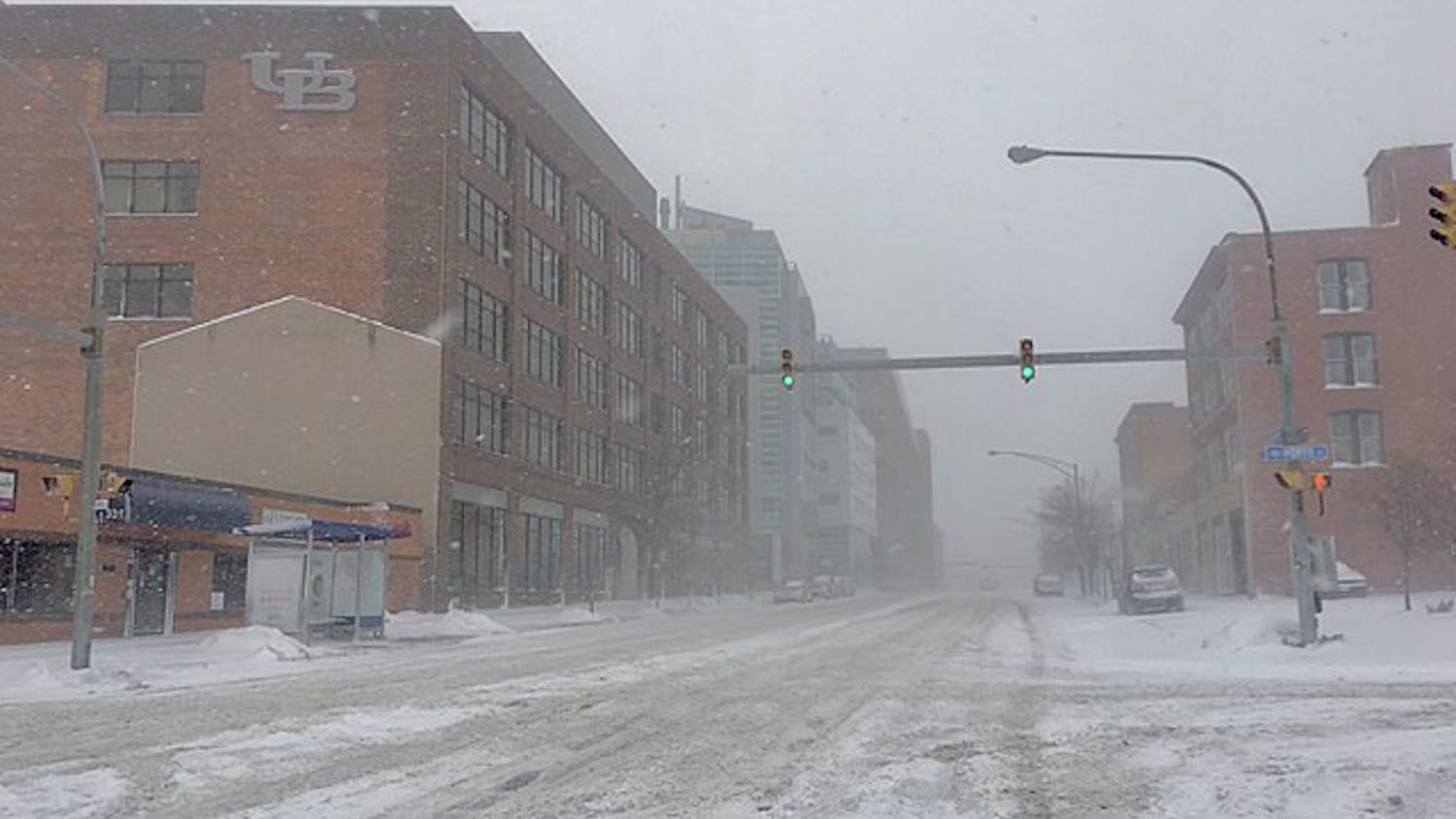I was surprised to see the crescent moon shining down on me as I walked to my car across campus Monday after class. The darkened sky was cloudless, and a single twinkling star shone brightly.
It was a beautiful scene… except for the fact that it was 5:30 p.m. Yes, Daylight Savings Time (DST) has ended. The clocks have been set back an hour, and now I can look forward to long, dark evenings.
DST was first observed in the United States in the spring of 1918 during World War I. It was widely unpopular and eradicated by Congress. President Franklin Roosevelt reinstituted the practice in 1942, referring to it as "War Time."
From 1945 to 1966, there was no federal regulation of DST, and states were free to choose whether or not to enact it. The Uniform Time Act, passed in 1966 with the support of the transportation industry, established standards for DST for states to follow but still allowed for the choice of each state to participate.
Arizona and Hawaii are the only two states that currently do not participate in DST. Arizona always operates on Mountain Standard Time (MST), and the Hawaiian Time Zone is always 10 hours behind Greenwich Mean Time (GMT – 10).
DST was mainly established as an effort to limit fuel consumption; having more daylight hours in the evening during the summer means that people turn their house lights on later, saving energy.
From 1966 to 2006, DST spanned from the first Sunday in April to the last Sunday in October. The federal government changed DST in 2007. It is now lasts from the second Sunday in March to the first Sunday in November, adding about a month to Daylight Savings Time.
I think it's about time DST is eliminated or changed so that there are more daylight hours in the evenings in the winter. Sunlight is an invaluable commodity. Exposure to sunlight allows the body to create Vitamin D, which is essential for good health. Studies have also shown that sunlight helps lessen depression and encourages outdoor activity.
I believe winter is the time when more daylight is needed. The Winter Solstice takes place on Dec. 21 and is the date that traditionally marks the first day of winter. It's the day with the least amount of sunlight because of the tilt of the earth and its angle with the sun.
So how does it make any sense to adjust the clock so that the Summer Solstice, the day when there is the most sunlight during the day and the day that has the shortest evening, has more hours of light?
DST should be reversed so that clocks are set forward in the fall and set back in the spring. That way, the season that inherently has less daylight has more sunlight in evening hours, when people are more available to enjoy it.
E-mail: ajmaier@buffalo.edu




